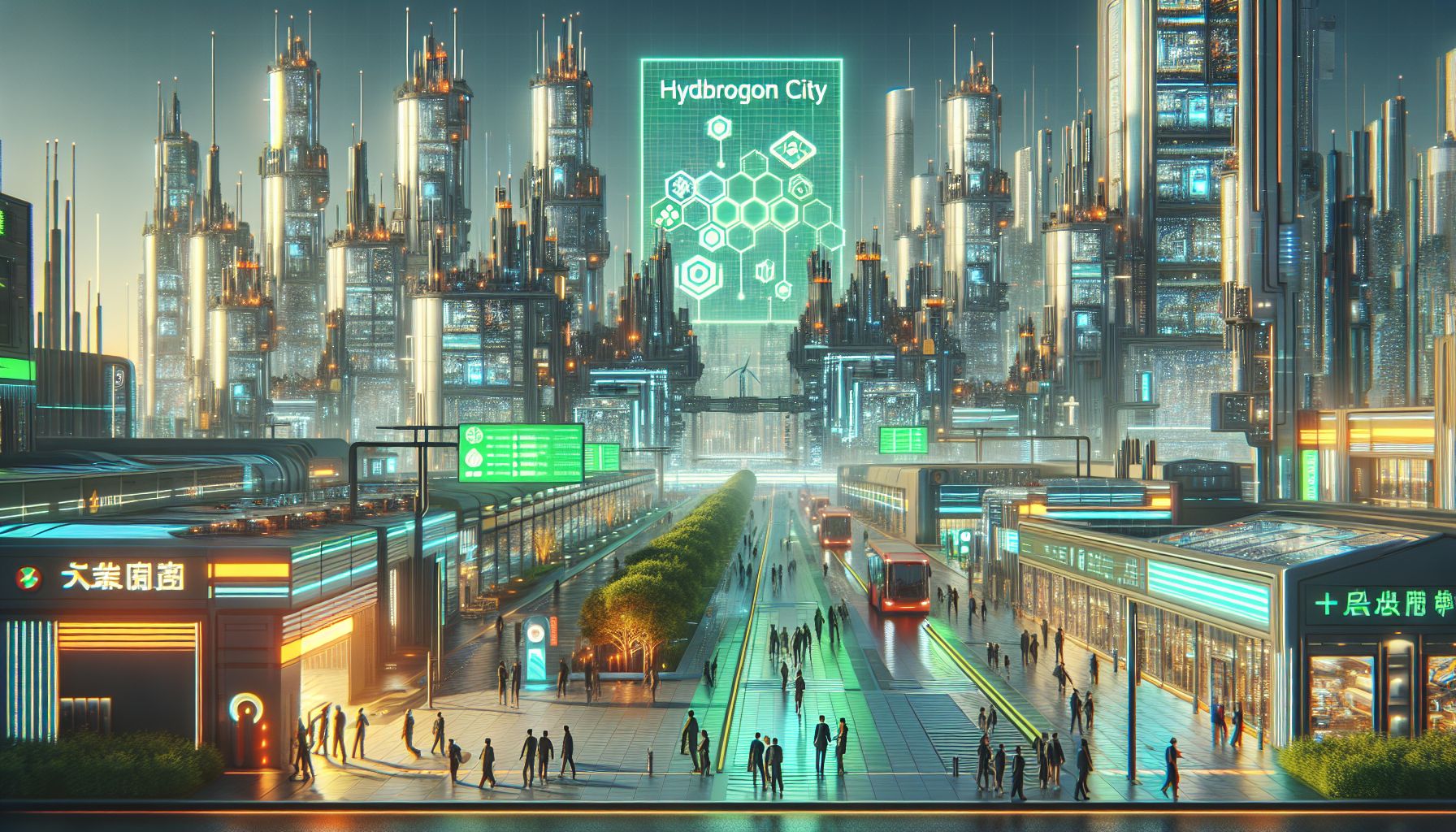China's Bold Hydrogen City Clusters: The Future of Green Energy

Beijing, Friday, 21 February 2025.
China is pioneering hydrogen city clusters to boost green energy. These clusters blend geographic and industrial strengths, promoting innovation and collaboration for sustainable power development. An exciting leap in eco-tech!
Strategic Innovation Networks
I’m excited to share how China’s innovative approach to hydrogen technology is reshaping our energy landscape. The country launched its hydrogen fuel cell vehicle (HFCV) city clusters policy in 2021, connecting 44 cities across five distinct clusters [1]. What makes this initiative particularly fascinating is how it goes beyond simple geographical proximity - these clusters are strategically designed to capitalize on both resource complementarity and innovation potential [1].
Economic Powerhouse Formation
Looking at the latest developments, I can tell you that this isn’t just about placing cities together on a map. The success of these clusters heavily depends on the economic strength of the participating cities and their strategic positions within the hydrogen industrial chain [1]. It’s remarkable to see how these networks are forming, especially when comparing them to similar initiatives like Spain’s recent €1.2 billion investment in seven green hydrogen clusters [4].
Global Competition and Innovation
What’s particularly intriguing about China’s approach is its potential impact on global markets. Recent analysis from February 2025 suggests that while China is working to reduce electrolyzer costs, this alone won’t guarantee dominance in global supply chains [4]. I’ve noticed how this mirrors China’s earlier success in solar energy, though the hydrogen market presents unique challenges [4]. The integration of these city clusters represents a sophisticated strategy to maintain competitive advantage in the growing hydrogen economy [1].
Future Outlook
As we approach the Clean Energy Expo China (CEEC 2025) in March [3], I’m particularly interested in seeing how these hydrogen clusters will feature in discussions about ‘New Quality Productive Forces’ in the energy sector. The timing couldn’t be better, as the industry is witnessing unprecedented collaboration between previously unconnected cities [1], setting a new standard for sustainable industrial development.